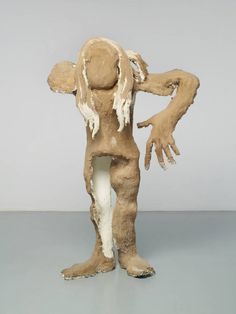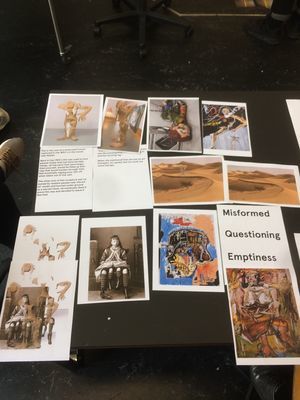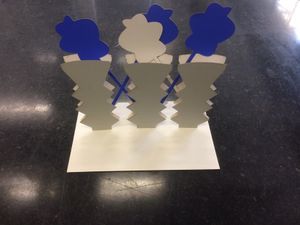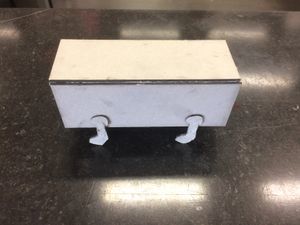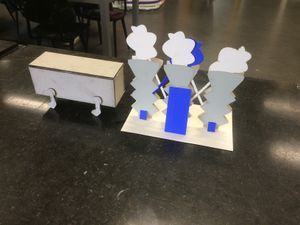User:Timaeus
Artwork: Brown lady by Thomas Houseago
I have chosen for the artwork the Brown lady because of the interest I have for paintings. I was fascinated about its form and resembled for me as of it just walked out of a painting.
I would like to appropriate this piece by it’s dis- and form for other artworks, in preciseness, paintings. What is the impact current technologies has on physique paintings? We are more and more surrounded by experimental technology and use these for paintings that have been made in the past. My focus is going to be on the human body, figurative work. What is the relation current technology has with the human body and how is this more explorable.
Mapping in lesson
Prototypes for others
== Martin Smith; tryptych in the form of vase no1 ==
For this prototype I had chosen the past, and asked myself a few what if questions. I started researching into tryptichs of the past and realised that this 'tryptych in the form of vase' is not really a whole. I saw the possibility to create a piece that was connected through the white space between the vases. What if the white space is used in order to create a tryptych that is connected with each other. By making wholes into the sides of the vases you could stick flowers through that would function as the connection between the phases. Where normally in the past this would happen by wood, it is now done by flowers.
== Donald Judd ; Untitled 1984
==
Daan said that he thought it was interesting that Donald Judd thought of his surroundings equally important in the end-result as of the piece itself. So I started brainstorming in this same mindset. In a future scenario the artwork might be alive. I made a prototype that was the same box as Donald Judd, but with movable legs. In this concept I made use of light and distance sensors, this in order to make his art piece find the best spot within it’s surroundings. By scanning everything around, he would gain data of the whereabouts of it’s viewers and the lighting of that particular moment. Taking these findings into consideration the box would expose itself in the best way possible, which would fit that moment of the day.
